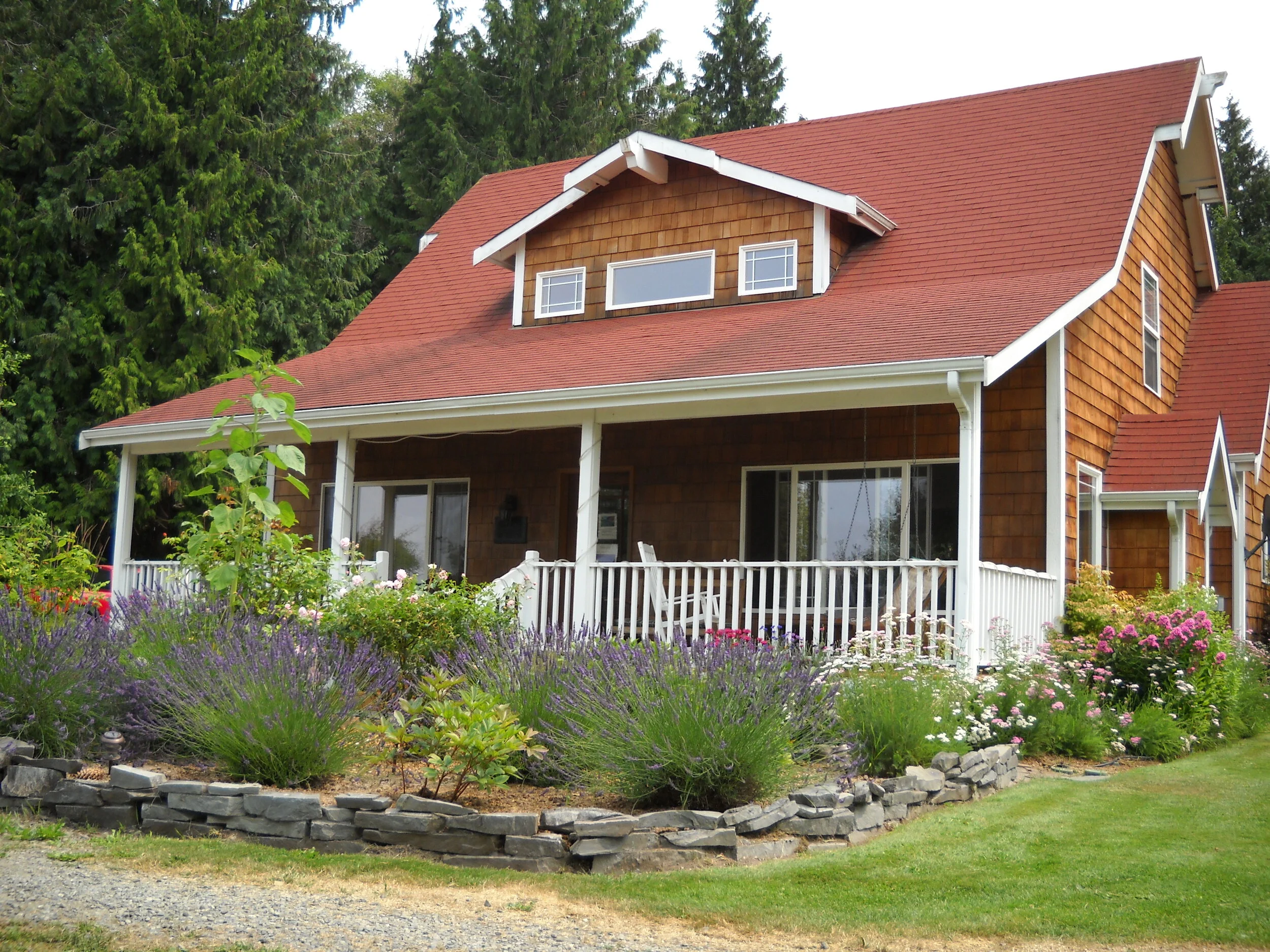Fastest Ways to Subdivide Land
The fastest ways I know of to subdivide land:
I always get asked if there are faster ways to subdivide land compared to doing a formal plat. I have written previous posts on a few ways that I have used that were legal, yet alternate ways of subdividing a parcel. Where applicable, I’ll list the titles and dates of the posts and then summarize them below. Go to the cited posts for the details.
Remember that just because these ways were allowable in my area at the time they were used, they might not be now, or maybe never were where your land is located. The laws and code for land development have a way of changing over time, mostly to become more complex. Some of the development loopholes that I used before may have since been closed.
A good recipe for discovering ways to find legal exceptions and expedite a project is to carefully read and thoroughly understand state, county, local and municipal laws regarding subdivisions in your area.
A lot of guys start out to do this and then give up because it can be tough reading and even tougher to understand. It’s all written by lawyers and there are usually ambiguities, as you might guess.
It can be worth the effort however, since every one of the 3 ways I will summarize were discovered this way. Without spending the time to read, learn, clarify and seek the professional help I needed, I would have never known!
Reference post and date:
Testamentary Division of Land: posted 12/13/2018:
https://www.landdevelopmentrealities.com/home/2018/12/13/testamentary-subdivision
This is the fastest way I know of to legally divide land - bar none.
I had a client that used his Will to create an instantaneous division of a single large parcel into dozens of individual parcels. This was a unique situation where the client was the sole deeded owner of several hundred acres of land and found out that he had a terminal illness. He used the time he had left to create a testamentary devise in his Will, where the legal segregation of the big parcel into smaller parcels occurred immediately upon his death. He needed an estate planning attorney and a real estate attorney to put it together and I helped him through the process so that his Will fully complied with the subdivision laws and the laws of descent and distribution of his state.
Subdividing Land posted 11/24/2018:
https://www.landdevelopmentrealities.com/home/simple-land-division
On to happier things. This is the second fastest way I know to legally divide land:
This post refers to a segregation method known as a simple land division. The subject county allowed for segregation of land into smaller parcels, provided the land was owned continuously by the same person for a period of 5 consecutive years. There were other requirements for both the land owner and the land itself, as described in the full post. This segregation took about 2 months to approve after the application was submitted and there were no meetings with the planning department or any public hearings. Through this rural county’s simple land division code, I was able to subdivide a 20-acre parcel into four 5-acre parcels without using a formal short or long plat.
Boundary Line Adjustments (BLA’s) – not currently posted:
I have not yet written a post on this yet, but the third fastest way I have used is boundary line adjustments, not just to move lot lines but to create new legal parcels.
I have to disclose that my use (the county might say overuse) of this BLA ordinance caused the county to rewrite it to close the loophole. Before they did, I created dozens of legal lots.
The concept is simple, but the correct execution is complex. It starts with having a bigger “parent parcel”. A conceptual lot design is created and the new lot lines are surveyed according to it. Move three or more lot lines using the boundary line adjustment ordinance, maintain one original line tied to the parent parcel, and create the new parcel that complies with the underlying zoning. Submit for approval and record to get the new tax parcel number.
It was required that there be a larger remainder parcel left from the original parent parcel, and it had to be a minimum size in acreage. When I was done, I had created dozens of new legal parcels, with a remainder parcel of 80 acres in size.
Considerations:
Before anything else, one has to determine if any of these alternate methods of dividing land are legally allowable in the location your land is in. A land use attorney is pretty much a must have and in the case of testamentary devise an estate planning attorney as well. I also needed a surveyor for all three methods described. Make sure to fully understand applicable laws … all of them, not just the favorable ones!
Also remember, there is no shame in selling off your larger piece without subdividing it at all. Sometimes, through cost analysis, it is discovered that the net gain from subdividing is not really profitable against the cost in time, money and headaches. There have been several times where I have made this determination and took steps to “doll up” the original piece and sell it off that way. Subdividing isn’t always the best option.
I have heard a lot of creative stories over time about fast ways to legally divide / subdivide land and I am open to hear more. In the meantime, I have only cited the ones I have actually used and succeeded with.
Learn the laws, code and ordinances applicable to your land and take the time to fully understand their content. It’s possible that you can find ways to either avoid a formal platting process, or discover ways to accelerate an existing plat.






